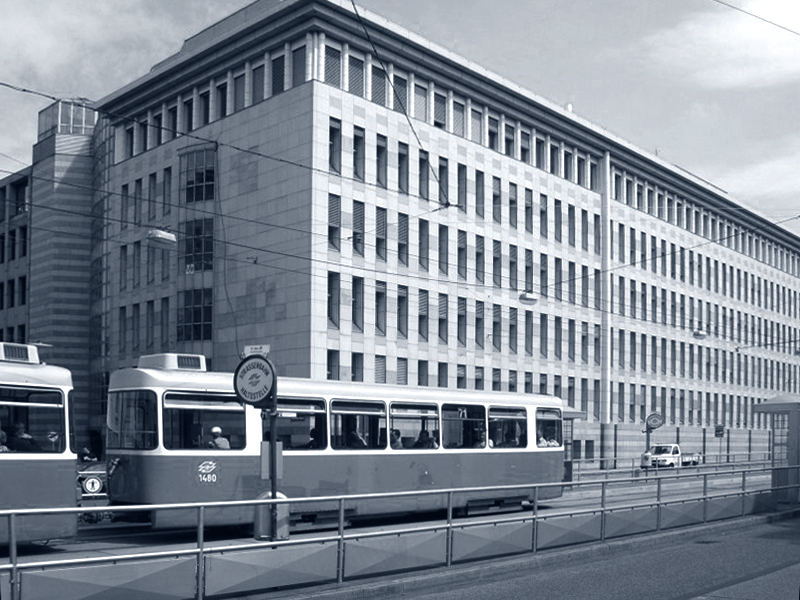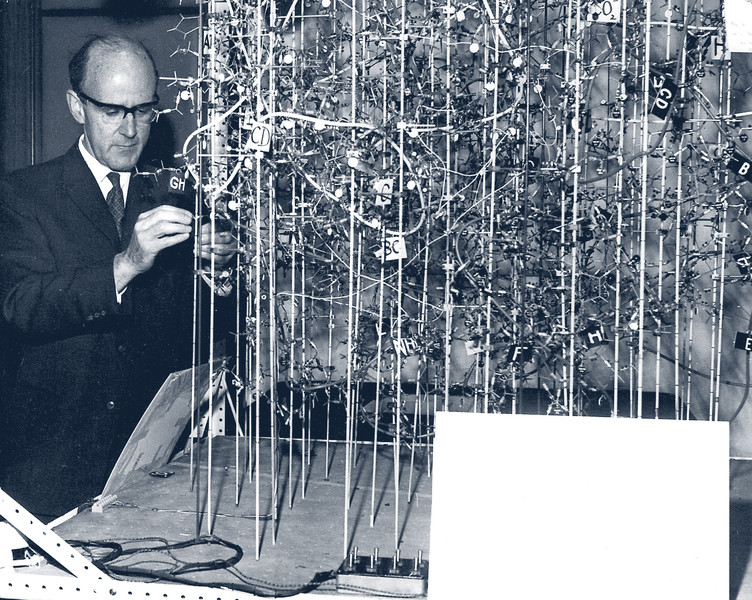In 2002 researchers from the University of Vienna and the Medical University, together with the support of policy makers, agreed to establish a new research institute to foster competitive basic research in molecular biology. Since then the Max Perutz Labs has evolved to become an internationally respected research institution making an important contribution to mechanistic biomedicine.


To honour an extraordinary teacher and scientist, the Max Perutz Labs were named after Max Ferdinand Perutz, who, together with John C. Kendrew, was awarded the 1962 Nobel Prize in Chemistry for his studies on the structure of globular proteins ...
The Max Perutz Labs were founded in 2005 as a joint venture of the University of Vienna and the Medical University of Vienna.
The Max Perutz Labs are part of the Vienna BioCenter, one of Europe's hotspots for life sciences.
Research Groups and Research Areas
Mechanistic Cell and Developmental Biology
Chromatin, RNA and Chromosome Biology
Structural and Computational Biology